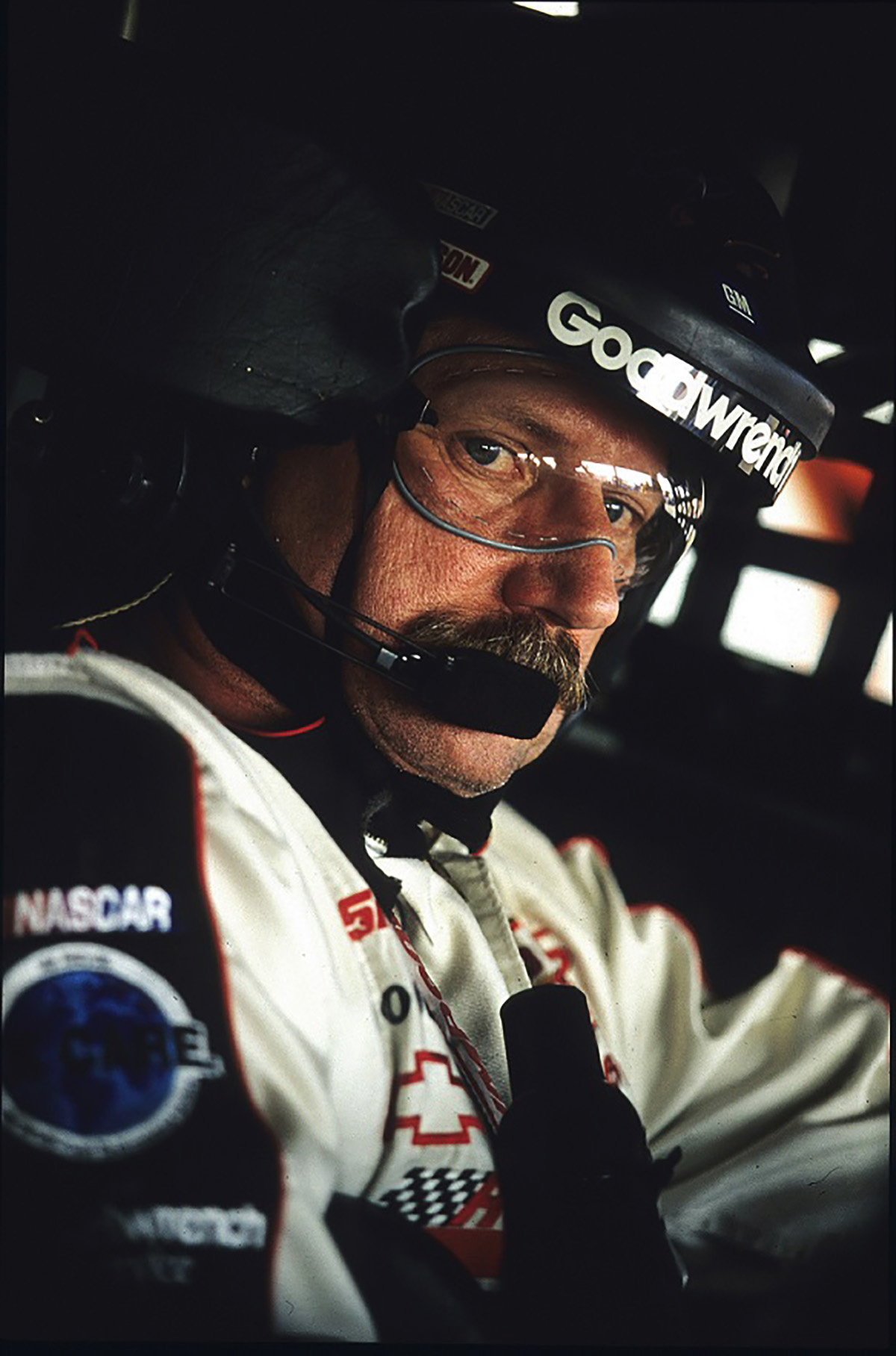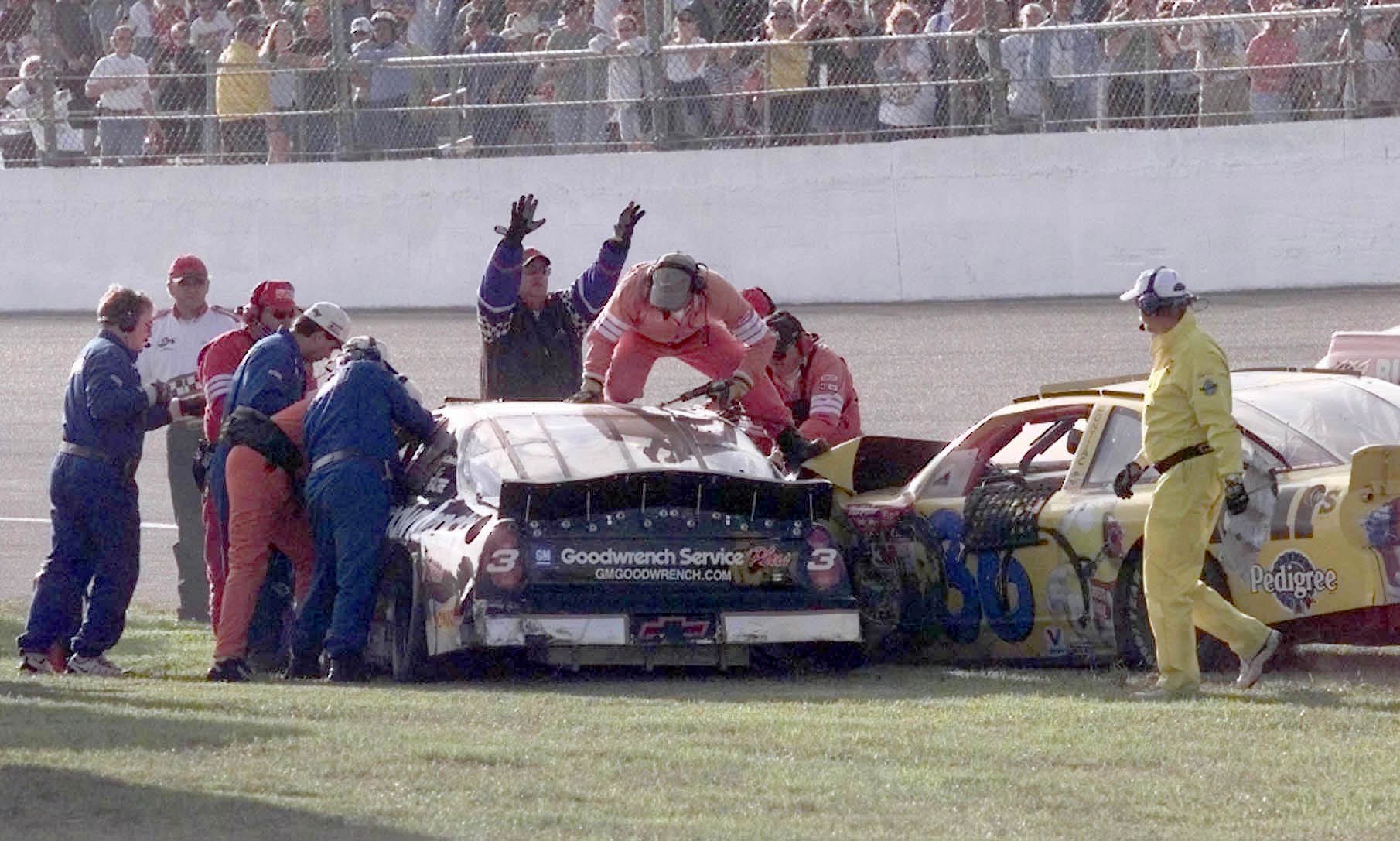Dale Earnhardt Basilar Skull Fracture: The Untold Story You Need To Know
When we talk about Dale Earnhardt, we're diving into a legacy that changed the world of NASCAR forever. But behind the glory and speed lies a tragic story that shook the racing community to its core - the basilar skull fracture that claimed his life. This isn't just about a race or a moment in time; it's about understanding how this injury reshaped safety standards in motorsports.
Picture this: one of the greatest drivers in NASCAR history, a man who defined the sport with his skill and tenacity, meets an untimely end due to an injury that could have been prevented. It’s not just a story of tragedy but also a wake-up call for the industry. Dale Earnhardt’s basilar skull fracture wasn’t just an accident—it was a turning point.
We’re here to break down the facts, explore the science behind basilar skull fractures, and delve into how this event transformed safety measures in NASCAR. This is more than just a story; it’s a lesson in resilience, innovation, and the relentless pursuit of progress.
Table of Contents
- Biography of Dale Earnhardt
- What is a Basilar Skull Fracture?
- The Incident Details
- NASCAR's Safety Evolution
- Impact on the Motorsports Industry
- Prevention Measures Today
- Data and Statistics
- The Legacy of Dale Earnhardt
- Frequently Asked Questions
- Final Thoughts
Biography of Dale Earnhardt
Dale Earnhardt: The Man Behind the Wheel
Before we dive deep into the tragic events surrounding his basilar skull fracture, let’s take a step back and appreciate who Dale Earnhardt was. Known as "The Intimidator," Earnhardt wasn’t just a driver; he was a legend. Born on April 29, 1951, in Kannapolis, North Carolina, Dale grew up in a family with racing roots. His father, Ralph Earnhardt, was a stock car racer, which set the stage for young Dale’s passion for speed.
By the time he entered the NASCAR scene, Earnhardt had already earned a reputation for his fearless driving style and unmatched competitiveness. Over the years, he became one of the most successful drivers in NASCAR history, winning seven Winston Cup championships and capturing the hearts of millions.
Quick Facts About Dale Earnhardt
| Full Name | Dale Michael Earnhardt |
|---|---|
| Date of Birth | April 29, 1951 |
| Place of Birth | Kannapolis, North Carolina |
| Championship Titles | 7 Winston Cup Championships |
| Death | February 18, 2001 (Basilar Skull Fracture) |
What is a Basilar Skull Fracture?
Now, let’s get into the nitty-gritty of what exactly a basilar skull fracture is. In simple terms, it’s a break in the bones at the base of the skull, often caused by severe trauma. This type of injury is rare but incredibly dangerous because it can affect vital structures like blood vessels and nerves. When Earnhardt suffered this injury during the 2001 Daytona 500, it wasn’t immediately apparent how severe it was. But as medical experts later explained, the damage was catastrophic.
Key Symptoms of Basilar Skull Fracture
- Bruising around the eyes or behind the ears
- Leaking cerebrospinal fluid from the ears or nose
- Loss of consciousness
- Severe headaches
It’s important to note that these symptoms don’t always show up right away, making early diagnosis challenging. For Earnhardt, the injury happened in a split second, but its effects were devastating.
The Incident Details
Let’s rewind to February 18, 2001, the day that changed everything. During the final lap of the Daytona 500, Earnhardt’s car collided with another vehicle, causing him to spin out and hit the wall at high speed. At first glance, it seemed like just another crash—something common in high-speed racing. But what happened next was anything but ordinary.
Upon further examination, medical personnel discovered that Earnhardt had suffered a basilar skull fracture, an injury so severe that it tragically ended his life. The crash itself wasn’t particularly violent compared to others he’d survived, but the angle of impact and lack of proper safety gear made all the difference.
NASCAR's Safety Evolution
Following Earnhardt’s death, NASCAR underwent a massive transformation in terms of safety protocols. The organization realized that their previous measures weren’t enough to protect drivers from such catastrophic injuries. Enter the HANS device (Head and Neck Support), a game-changing piece of equipment designed to reduce head and neck movement during crashes.
Other improvements included:
- Redesigning car interiors to absorb more impact
- Installing SAFER barriers on track walls
- Implementing stricter helmet standards
These changes didn’t happen overnight, but they were essential steps toward ensuring that no driver would face the same fate as Earnhardt.
Impact on the Motorsports Industry
Beyond NASCAR, Earnhardt’s death sent shockwaves through the entire motorsports world. Other racing organizations began reevaluating their safety practices, recognizing that even the best drivers aren’t invincible. The focus shifted from speed alone to prioritizing driver welfare.
Today, safety innovations inspired by Earnhardt’s tragedy are standard across various forms of motorsport. It’s a testament to how one loss can lead to widespread progress.
Prevention Measures Today
So, what’s being done now to prevent basilar skull fractures and similar injuries? Modern technology plays a huge role. From advanced simulation software to cutting-edge materials used in safety equipment, every aspect of racing is scrutinized to ensure maximum protection.
Here are some key prevention measures:
- mandatory use of HANS devices
- regular testing of helmets and restraints
- constant review of track conditions and barriers
While nothing can completely eliminate risk in motorsports, these measures go a long way in reducing the likelihood of fatal injuries.
Data and Statistics
Numbers don’t lie, and when it comes to safety in motorsports, the stats tell a compelling story. According to recent studies, the implementation of HANS devices has reduced the incidence of severe head and neck injuries by over 80%. That’s a staggering improvement that speaks volumes about the effectiveness of modern safety measures.
Additionally, since the introduction of SAFER barriers, wall impacts have resulted in significantly fewer serious injuries. It’s clear that the lessons learned from Earnhardt’s accident have paid off in a big way.
The Legacy of Dale Earnhardt
Even though Dale Earnhardt’s life was cut tragically short, his legacy continues to inspire both fans and drivers alike. He wasn’t just a champion; he was a symbol of determination, resilience, and passion. His influence extends far beyond the track, reminding us all of the importance of safety and innovation in sports.
Every time a driver straps into their car, they do so knowing that the measures in place are there because of legends like Dale Earnhardt. His story is a reminder that progress often comes at a cost, but it’s a cost worth paying to save lives.
Frequently Asked Questions
Q: How did Dale Earnhardt die?
A: Dale Earnhardt died as a result of a basilar skull fracture sustained during a crash at the 2001 Daytona 500.
Q: What caused the basilar skull fracture?
A: The fracture was caused by the angle of impact during the crash and the lack of proper safety gear at the time.
Q: Did NASCAR make changes after Earnhardt's death?
A: Yes, NASCAR implemented several safety improvements, including the mandatory use of HANS devices and the installation of SAFER barriers.
Final Thoughts
As we reflect on Dale Earnhardt’s life and tragic death, one thing becomes crystal clear: safety in motorsports is non-negotiable. The lessons learned from his basilar skull fracture have led to advancements that protect countless drivers today. So, the next time you watch a race, remember the man who paved the way for safer tracks and better equipment.
We’d love to hear your thoughts! Leave a comment below or share this article with fellow racing enthusiasts. Together, let’s keep the conversation going and honor Dale Earnhardt’s legacy by continuing to push for progress in motorsports safety.

Basilar Skull Fracture Dale Earnhardt

Basilar Skull Fracture Dale Earnhardt

Basilar Skull Fracture Dale Earnhardt